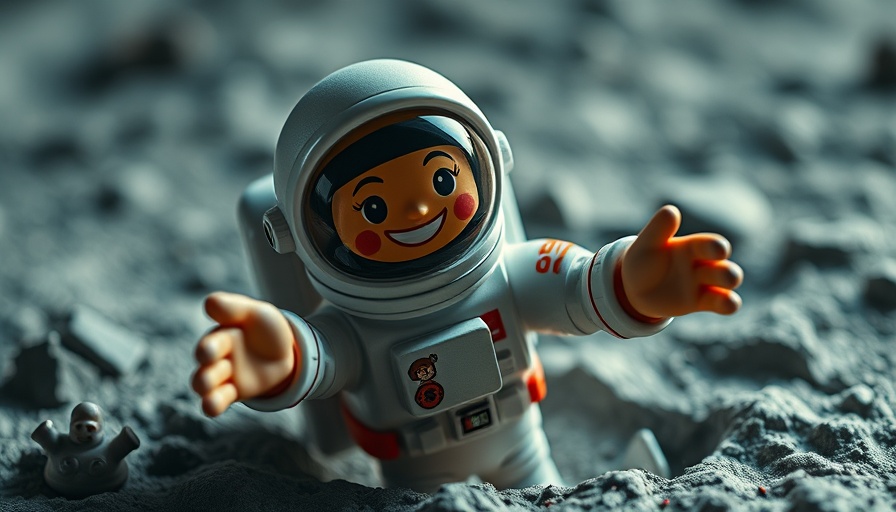
LEGO Expands Horizons with Lunar Rover Partnership
In an exciting announcement that has fans buzzing, LEGO has revealed a new collaboration with Lunar Outpost, a Colorado-based robotics and mobility firm poised to take exploration to the moon. This partnership sets the stage for unique products that promise to combine the creativity of LEGO with the cutting-edge technology of space robotics.
Exploring New Frontiers: What to Expect
LEGO described their alliance with Lunar Outpost as a journey into building new frontiers. For enthusiasts, this means potential future product launches that blend play with the intriguing world of space exploration. According to LEGO's social posts, we should keep our eyes peeled for both exciting new products and unexpected surprises in the coming months, potentially before the end of 2025.
Technological Marvels Taking Shape
Lunar Outpost is no stranger to innovation. They are known for their Mobile Autonomous Prospecting Platform (MAPP), and are set to land this rover on the moon's south pole with the upcoming Lunar Voyage 1 mission. The MAPP is specifically designed for lunar exploration, capable of navigating the harsh terrains of the moon—a feat that's essential for ambitious projects aimed at sustainable human presence beyond Earth.
Celebrating Space Achievement with LEGO
It’s not just about creating toys; it's about education and inspiring future generations. The collaboration with Lunar Outpost aligns with LEGO's recent initiatives to focus on products that reflect real scientific missions, such as their offerings based on NASA's Perseverance rover and Artemis program hardware. These themes attract not only children but also adult enthusiasts who appreciate the complexities of space science.
Future Predictions: LEGO’s Roadmap
Industry experts speculate that the partnership could lead to products that emphasize environmental and sustainability themes, mirroring the realities of space exploration. As NASA accelerates its Artemis program and moves toward lunar habitation, the timing could not be better for LEGO to encapsulate these ambitious goals through imaginative play.
Local and Global Perspectives on Space Exploration
This partnership also brings to light the growing importance of commercial space travel. With Lunar Outpost and LEGO taking bold steps forward, they highlight that space innovation is no longer solely government-driven; private industries like LEGO are increasingly crucial in shaping the future. This progressive outlook emphasizes the need for educational tools that will prepare young minds for careers in STEM fields.
The Takeaway: LEGO and Lunar Outpost Partnership Significance
In a landscape where innovation is key, LEGO's partnership with Lunar Outpost signals a meaningful leap toward bridging the gap between imaginative play and real-world achievements in technology and space exploration. As announcements unfold, both space enthusiasts and LEGO fans alike are brimming with anticipation over what could be groundbreaking contributions to their beloved universe.
 Add Row
Add Row  Add
Add 




Write A Comment